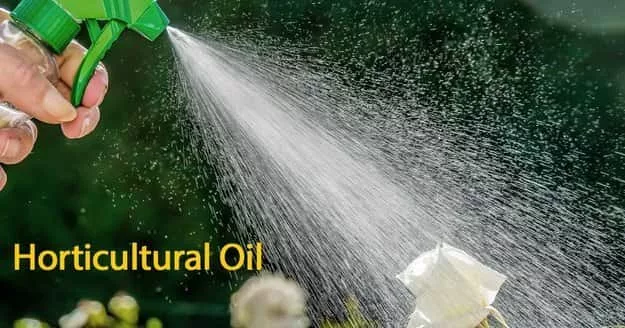Kelly Jackson
Christian County Extension Office
Control Plant Pests with Horticultural Oils
Winter probably doesn’t seem the right time to eliminate pests that will infest your landscape plants next spring. But we need to remember that many problem pests will spend the winter on or near plants they’ll munch on this coming spring and summer.
One way to get an early handle on problem pests is to use horticultural, formally called dormant, oils that are specially formulated for pest control. Horticultural oils suffocate overwintering pests like scale, aphids and certain mites.
These oils are used as a “natural” substitute for a traditional insecticide. They are an effective chemical control with minimal environmental impact and usually little effect on beneficial insects and wildlife. Plus, horticultural oils are exceptionally safe to humans, don’t have an objectionable odor, and usually are inexpensive compared to many other insecticides.
By using horticultural oils on pests in the overwintering stage, you can avoid a potential outbreak later in the season. This can save time later because you might not need treatments in the early spring, or at least need fewer applications.
Some words of caution. Don’t apply horticultural oil during temperature extremes, especially if the temperature is forecast to drop below 40 degrees F the day before or after application. If you wait until later in the year to use a horticultural oil, don’t apply it if the temperature will rise above 90 degrees F. Trees and plants are more sensitive to injury from a horticultural oil under extreme heat or cold.
As with all chemicals, read and follow the label directions for use. Also, be sure the product is labeled for the plants to which you’re applying it. Thorough spray coverage is key to an effective application because horticultural oils only work by contacting and covering the target pests. For best results, use high-volume sprays combined with proper pruning practices to allow thorough plant penetration of the spray material.
Proper timing is critical for successfully applying these oils. They should be applied before leaves or flowers show signs of breaking dormancy; this is, before “bud break”. It usually is in late March or early April but might vary by two weeks or more depending on weather conditions. Wait until as close to bud break as possible before applying horticultural oil sprays.


